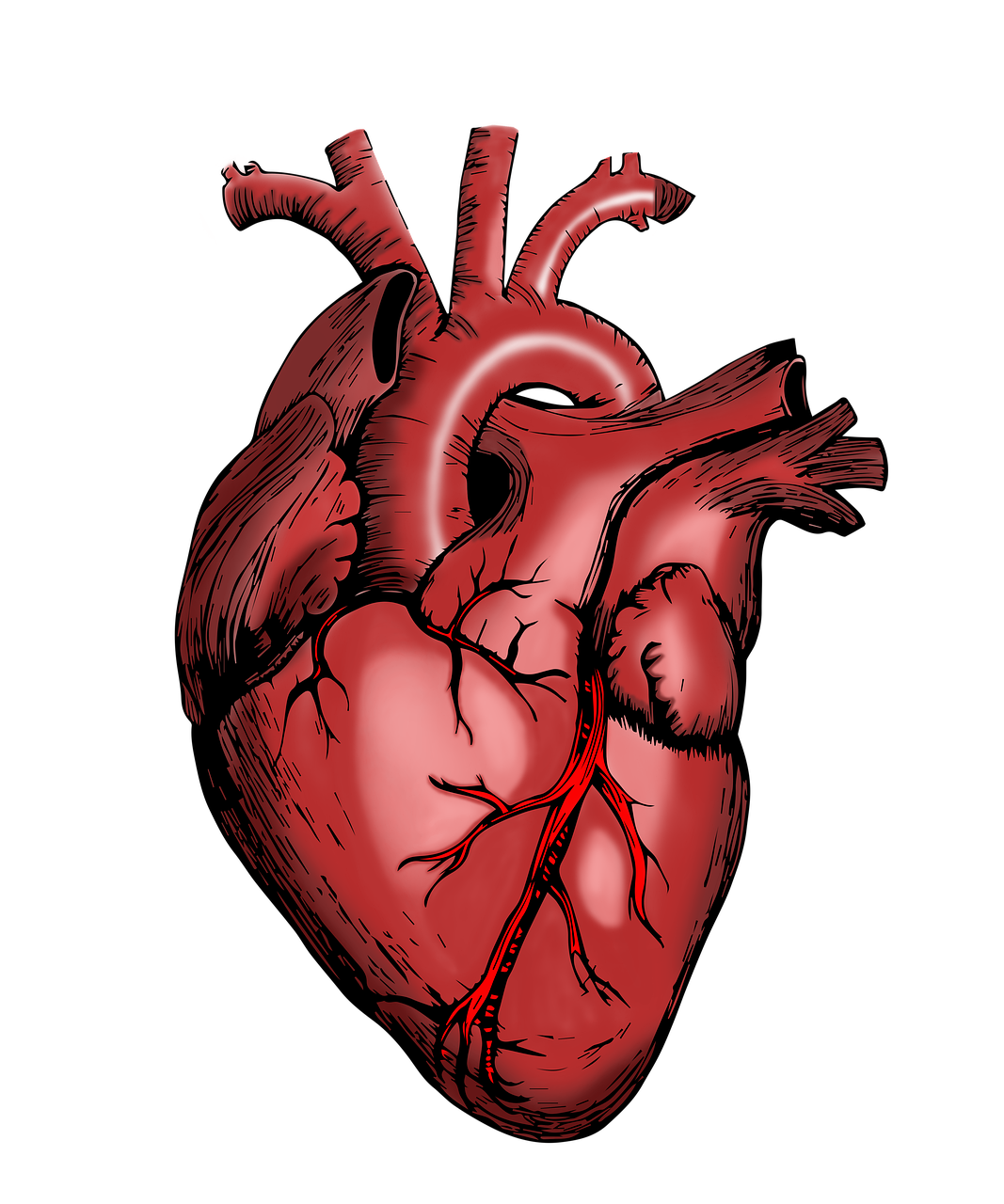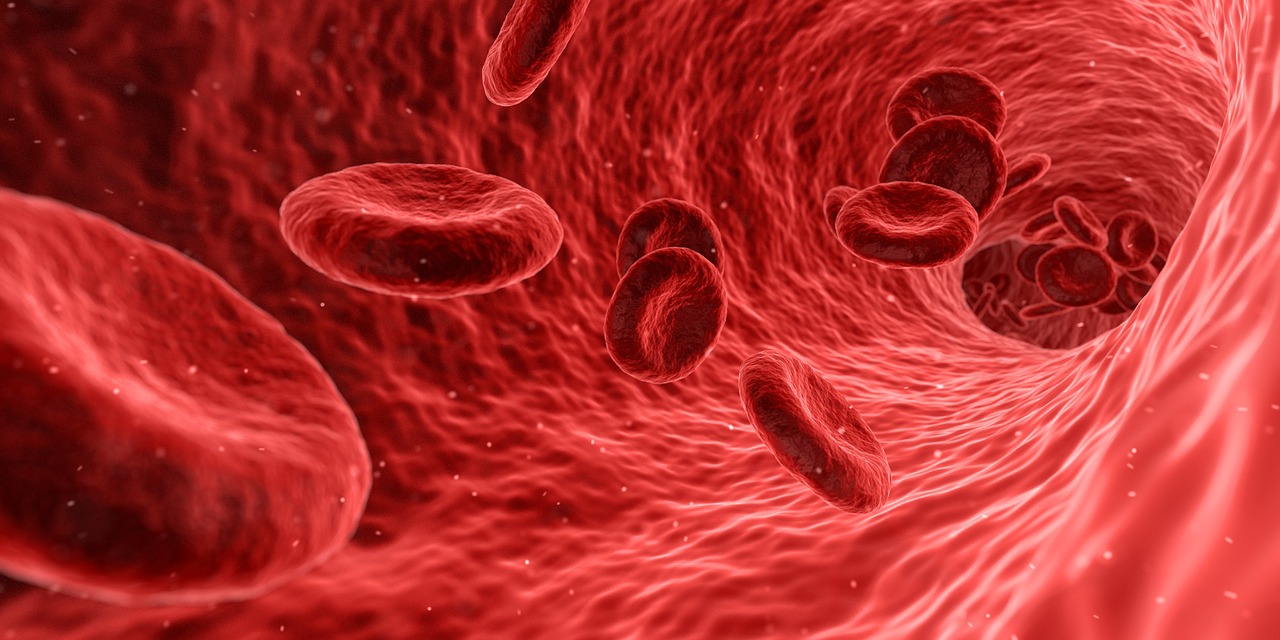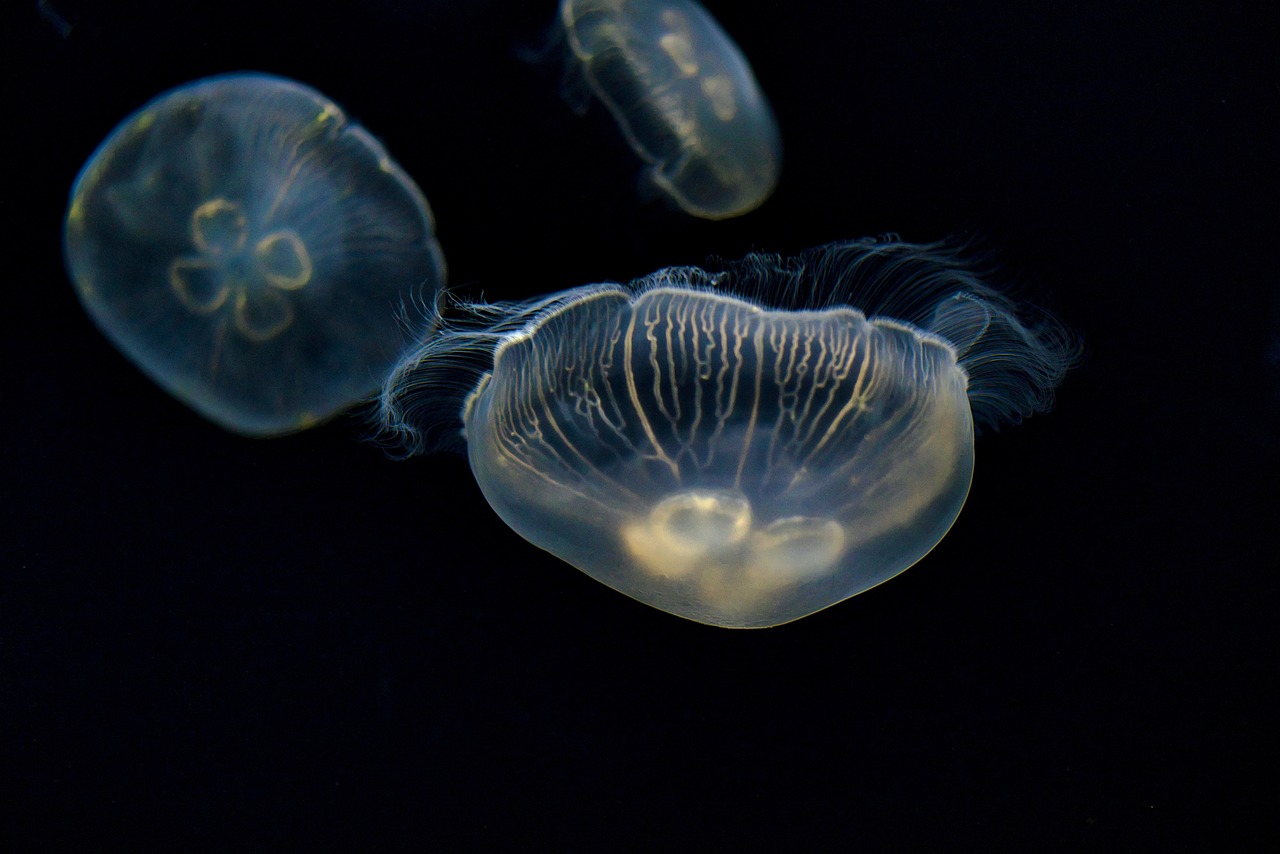Temperature Adaptations – Evolutionary Physiology: Heart Design
The intricate web of life on Earth has been shaped by the ceaseless evolutionary processes. Evolution is a remarkable mechanism that has bestowed living organisms with a myriad of adaptations to thrive in their respective environments. Among these adaptations, the design of the heart stands out as a testament to the intricate interplay between form and function. As the vital organ responsible for pumping life-sustaining blood throughout an organism’s body, the heart’s structure is as diverse as the species it serves. From the astonishingly efficient four-chambered heart of hot-blooded animals to the more modest configurations of their cold-blooded counterparts, it commends nature’s ingenuity. In this exploration, we journey into the world of cardiac evolution to unravel the fascinating ways in which the heart’s design reflects the unique physiological demands of various species.
Different Heart Designs Among Species
The number and size of heart chambers in animals can vary significantly depending on their species and physiological needs. While humans typically have a four-chambered heart (two atria and two ventricles), other animals may have hearts with different configurations. The number of heart chambers in an animal is related to its ability to regulate body temperature.

The terms “hot-blooded” and “cold-blooded” are often used to describe how animals regulate their body temperature. Hot-blooded animals, also known as endotherms, generate their own body heat through metabolism. On the other hand, Cold-blooded animals, also known as ectotherms, rely on external sources of heat to regulate their body temperature. These animals cannot regulate their body temperature internally, so their body temperature fluctuates with the surrounding environment.
Key takeaways
Here’s a comparison of heart chambers in different animals and Humans:
Humans (Mammals)
- Humans have a four-chambered heart with two atria and two ventricles.
- The right atrium receives deoxygenated blood from the body and pumps it into the right ventricle.
- The right ventricle then pumps this deoxygenated blood to the lungs for oxygenation.
- The left atrium receives oxygenated blood from the lungs and pumps it into the left ventricle.
- The left ventricle is responsible for pumping oxygenated blood to the rest of the body.
Reptiles (Ectotherms)
- Most reptiles, such as snakes and lizards, have a three-chambered heart with two atria and one partially divided ventricle.
- The partially divided ventricle allows some separation of oxygenated and deoxygenated blood, but there is still mixing.
- Some examples of ectotherms (Reptiles) with a two-chamber heart: Snakes, lizards, turtles, and crocodiles.
Fishes
- Fish have a two-chambered heart with one atrium and one ventricle.
- Blood is pumped to the gills for oxygenation and then circulated through the rest of the body.
- There is considerable mixing of oxygenated and deoxygenated blood in the single ventricle.
- Their hearts designs are less complex than mammals and birds but are adapted for aquatic life.
- Some fish species can thrive in extreme temperature ranges, including cold-water and hot-water environments.
- Cold-water fish may have adaptations like antifreeze proteins to prevent ice formation and continue functioning in sub-zero temperatures.
- Hot-water fish may have evolved mechanisms to tolerate and even thrive in high-temperature waters.
Also read: Temptation of Junk Food: Unraveling the Science Behind It
Hot-blooded animals
Hot-blooded animals, such as birds and mammals, have four-chambered hearts. This means that their hearts have two atria (upper chambers) and two ventricles (lower chambers). The atria receive blood from the body, and the ventricles pump blood to the lungs and the rest of the body. This two-circuit system allows hot-blooded animals to maintain a constant body temperature even when the temperature of their environment changes.
Four-Chambered Heart Explanation
Hot-blooded animals, like birds and mammals (including humans), have a special type of heart with four chambers. Think of these chambers like rooms in a house; there are two upstairs (the atria) and two downstairs (the ventricles).

What the Atria Do: The two atria, or upper chambers, have a specific job. They receive blood from the rest of the body. Imagine them as collection rooms where blood from different parts of the body flows in.
What the Ventricles Do: Now, let’s talk about the two ventricles, or lower chambers. These are the heart’s powerful pumps. They send blood to two important destinations:
- To the Lungs: One ventricle pumps blood to the lungs. This blood needs to pick up fresh oxygen from the air you breathe.
- To the Rest of the Body: The other ventricle sends blood to the rest of your body, from your head to your toes. This blood carries oxygen and nutrients to keep your body functioning.
So, here comes the fascinating two-circuit system. Hot-blooded animals use their four-chambered heart with two circuits to their advantage to regulate body temperature.
- When it’s cold outside, and body needs more warmth, the heart can send more blood to the rest of the body. They don’t waste energy trying to heat up their whole body. Instead, they keep their vital organs like brain warm by sending blood there. It’s like using a small, energy-efficient heater in one room of your house when it’s cold outside.
- When they need to cool down, perhaps on a hot summer day, the heart can direct more blood to the skin’s surface to release heat. This helps them take full advantage of the warm weather, and all their body parts work better. Think of it as your body’s natural air conditioning.
How Blood Keeps Organs Warm?

Blood plays a vital role in regulating body temperature. It carries heat generated by the body’s metabolic processes. When warm blood circulates through vital organs, it keeps them at the right temperature for optimal functioning. This is similar to how a heating system in your home warms up a room by circulating warm air. In essence, blood acts as a natural heat distributor, ensuring that heat is delivered where it’s needed most when it’s cold and released when it’s hot. This dynamic temperature control is a remarkable adaptation that allows hot-blooded animals to thrive in various environments and weather conditions and maintain a constant body temperature. This is incredibly useful because it means these animals can be active, alert, and ready to tackle any challenge, no matter the weather.
Cold-blooded animals
Cold-blooded animals, such as reptiles and amphibians, have three-chambered hearts. This means that their hearts have one atrium and two ventricles. The atria receive blood from the body, and the ventricles pump blood to the lungs and the rest of the body. However, the blood from the body and the lungs mixes in the ventricles, which means that cold-blooded animals cannot maintain a constant body temperature as easily as hot-blooded animals. Fish have two-chambered hearts. This means that their hearts have one atrium and one ventricle. The atria receive blood from the body, and the ventricle pumps blood to the rest of the body. Fishes are also cold-blooded animals, with two-chambered heart, that rely on external sources of heat to regulate their body temperature.
Explanation
In Cold-blooded animals, the blood from the body and the blood from the lungs meet up in the ventricles. It results in mixing warm oxygenated blood (from the lungs) and cooler deoxygenated blood (from the body). Thus, these animals can’t easily keep their body temperature the same all the time.

And then there are fishes, which have a simpler heart with just two parts: one atrium and one ventricle. The atrium takes in blood from the body, and the ventricle pumps it to the rest of the body. The thing with fish is that their blood doesn’t go through the lungs like ours does. (Unlike humans and other warm-blooded animals, fish do not send their blood through lungs to oxygenate it. Instead, they rely on their gills to extract oxygen from water. This is a unique adaptation to their underwater environment)
So, they don’t get that extra oxygen boost from lungs. This mixing makes it challenging for cold-blooded animals to regulate their body temperature because they can’t separate the warm oxygenated blood from the cooler deoxygenated blood as effectively.
Note: There are some exceptions to these general rules. For example, some sharks have four-chambered hearts, and some birds have three-chambered hearts.
In the grand tapestry of existence, the heart is a magnificent result of evolution and adaptation. The heart’s different and versatile designs in different species ensure that animals conquer their environmental challenges. As we navigate the realms of biology, we uncover a common thread that runs through the heartbeats of creatures – a testament to the intricate course of evolution that propels life forward.